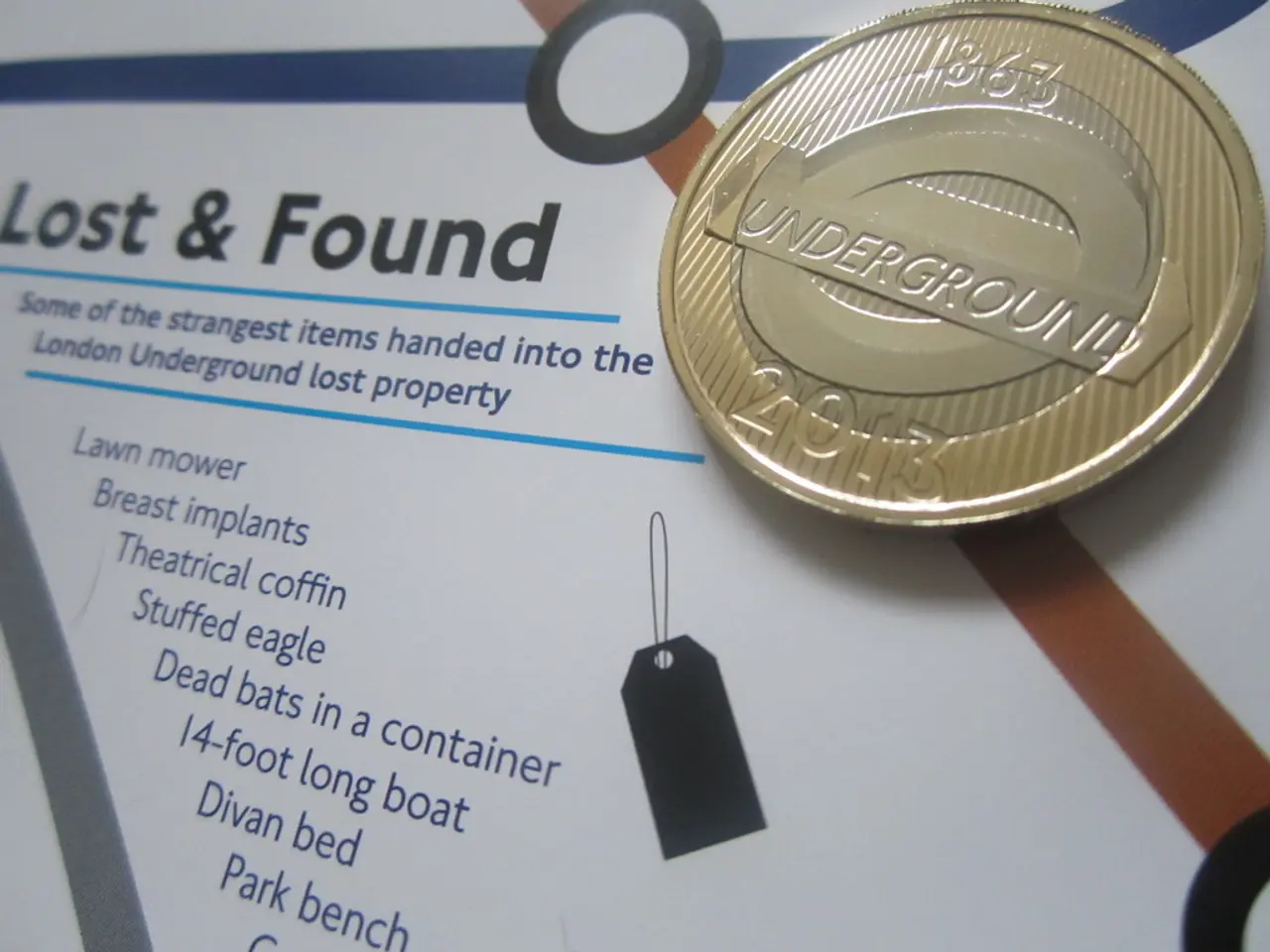Saudi PIF shifts focus from quantity to quality, marking a new phase with a greater emphasis on value and impact
In a significant move, Saudi Arabia's Public Investment Fund (PIF) has surpassed the $1 trillion asset mark, signalling a transition from rapid expansion to a more disciplined and sustainable growth strategy. The PIF, a key driver of the country's Vision 2030, is now focusing on solvency, strategic discipline, and sustainable long-term returns [1].
**Pivot from Scale to Substance**
The PIF is moving away from a rapid expansion mindset, prioritizing "solvency over scale" and "substance over show." This strategic shift aims to maintain financial health and ensure sustainable returns rather than just asset growth [1][2].
**Financial Discipline and Performance Management**
In response to profitability challenges caused by rising interest rates, project delays, and impairments, the PIF has introduced tighter performance management and cost controls. Despite a 25% rise in revenues, the fund's net profit fell sharply by 60% in 2024, pressuring the fund to optimize debt structures and manage capital deployment more precisely [1][2][3][4].
**Prioritization of Mature, Revenue-Generating Assets**
The PIF is refocusing its investments on mature, operational assets that generate steady revenue streams, such as telecommunications, mining, and aviation leasing companies. This move is aimed at improving liquidity and stable returns while trimming budgets for large-scale megaprojects [2][3].
**Use of Short-Term Funding Instruments**
PIF is increasingly relying on commercial paper and sukuk (Islamic bonds) for short-term financing, reflecting a more conservative and flexible approach to funding [1].
**Recalibration of Vision 2030 Investment Engine**
These strategic shifts align with a broader recalibration of Saudi Arabia’s Vision 2030. The fund is balancing its domestic megaproject ambitions with liquidity requirements and evolving global capital flow dynamics [1][2].
**Geopolitical and Capital Flow Considerations**
PIF is also adapting to shifting geopolitical partnerships and global capital flow patterns. Its strategy recognizes the need to navigate rising global interest rates and domestic expectations, which includes tighter execution and cost management to sustain Vision 2030’s ambitions [1][2].
**Investments in Technology and AI**
In line with its focus on long-term returns, the PIF has launched HUMAIN, a national AI company, with the aim to advance Saudi Arabia's position in sovereign AI capabilities [5].
**2025 Outlook**
The fund's performance in 2025 will be closely watched, not only for its financial metrics but for what it reveals about the sustainability of Vision 2030's ambitions [1][2][3]. The PIF's top-line revenues surged 25 percent to SR413 billion, while net profits fell sharply, down 60 percent to SR26 billion [1]. The fund has trimmed budgets for several large-scale ventures by 20 to 60 percent for 2025, and AviLease, a PIF-owned aviation leasing firm, saw a 350 percent increase in net profits [1].
The PIF has also been instrumental in securing major international partnerships and government-to-government deals with countries like China, India, France, and the US. Its presence in Paris, its alignment with Trump-era Gulf deals, and its expanding memorandum of understanding with Asian markets reveal an increasingly geopolitical deployment of capital [6].
Sources: [1] https://www.arabnews.com/node/1893011/business-economy [2] https://www.reuters.com/business/saudi-arabias-pif-seen-paring-back-mega-projects-2021-09-09/ [3] https://www.bloombergquint.com/onweb/pif-s-profit-plunges-60-on-higher-costs-and-impairments [4] https://www.arabnews.com/node/1923296/business-economy [5] https://www.arabnews.com/node/1922616/technology [6] https://www.arabnews.com/node/1913681/business-economy
- The Saudi Arabia's Public Investment Fund (PIF), exceeding $1 trillion in assets, is shifting its focus from rapid expansion to a more disciplined strategy, prioritizing substance over show and solvency over scale.
- In response to profitability challenges, the PIF has implemented tighter performance management, cost controls, optimized debt structures, and managed capital deployment more precisely, despite a rise in revenues.
- The PIF is refocusing its investments on mature, operational assets that generate steady revenue streams in sectors like telecommunications, mining, and aviation leasing companies.
- PIF is increasingly relying on commercial paper and sukuk (Islamic bonds) for short-term financing, reflecting a more conservative and flexible approach to funding.
- The PIF's strategic shifts are in line with a broader recalibration of Saudi Arabia's Vision 2030, balancing domestic megaproject ambitions with liquidity requirements and evolving global capital flow dynamics.
- In addition to these adjustments, the PIF has launched HUMAIN, a national AI company, aiming to advance Saudi Arabia's sovereign AI capabilities and maintain its focus on long-term returns.




